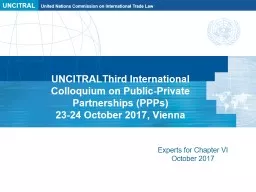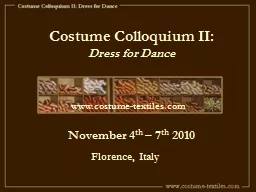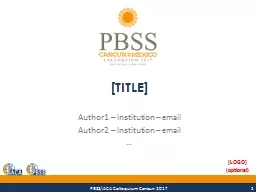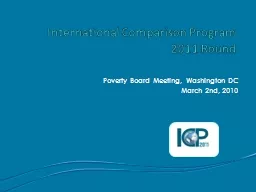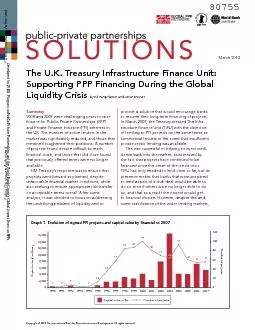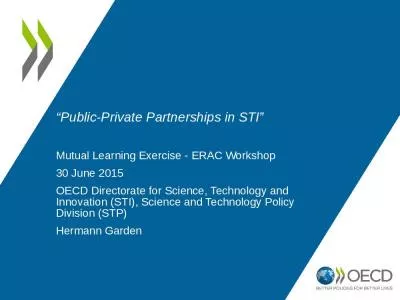PPT-UNCITRALThird International Colloquium on Public-Private Partnerships (PPPs)
Author : myesha-ticknor | Published Date : 2018-03-15
2324 October 2017 Vienna Experts for Chapter VI October 2017 Possible future work on PPPs Updating of Chapter VI in order to incorporate new developments Recognition
Presentation Embed Code
Download Presentation
Download Presentation The PPT/PDF document "UNCITRALThird International Colloquium o..." is the property of its rightful owner. Permission is granted to download and print the materials on this website for personal, non-commercial use only, and to display it on your personal computer provided you do not modify the materials and that you retain all copyright notices contained in the materials. By downloading content from our website, you accept the terms of this agreement.
UNCITRALThird International Colloquium on Public-Private Partnerships (PPPs): Transcript
Download Rules Of Document
"UNCITRALThird International Colloquium on Public-Private Partnerships (PPPs)"The content belongs to its owner. You may download and print it for personal use, without modification, and keep all copyright notices. By downloading, you agree to these terms.
Related Documents

